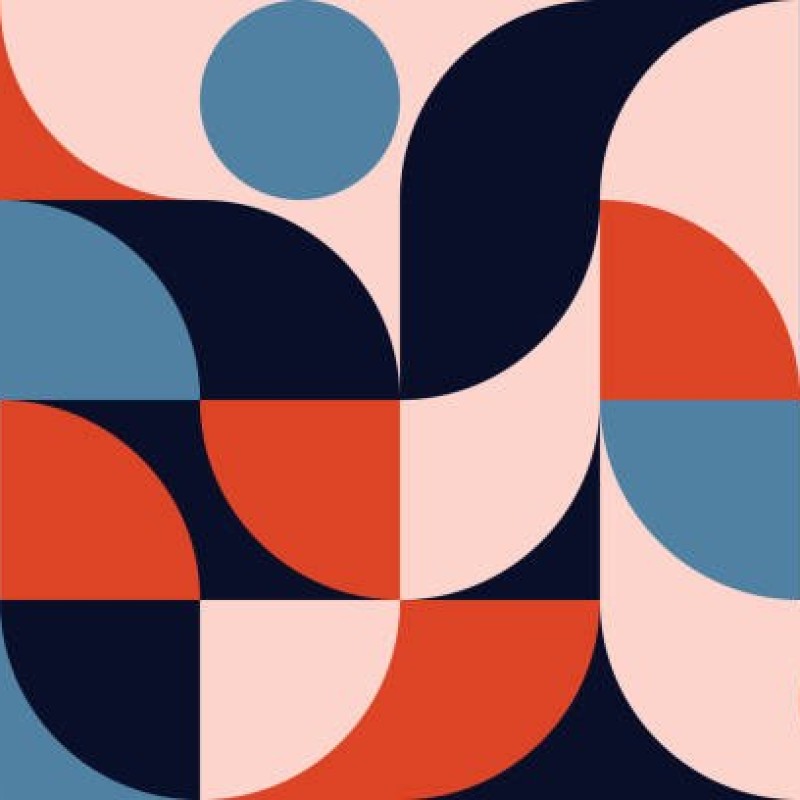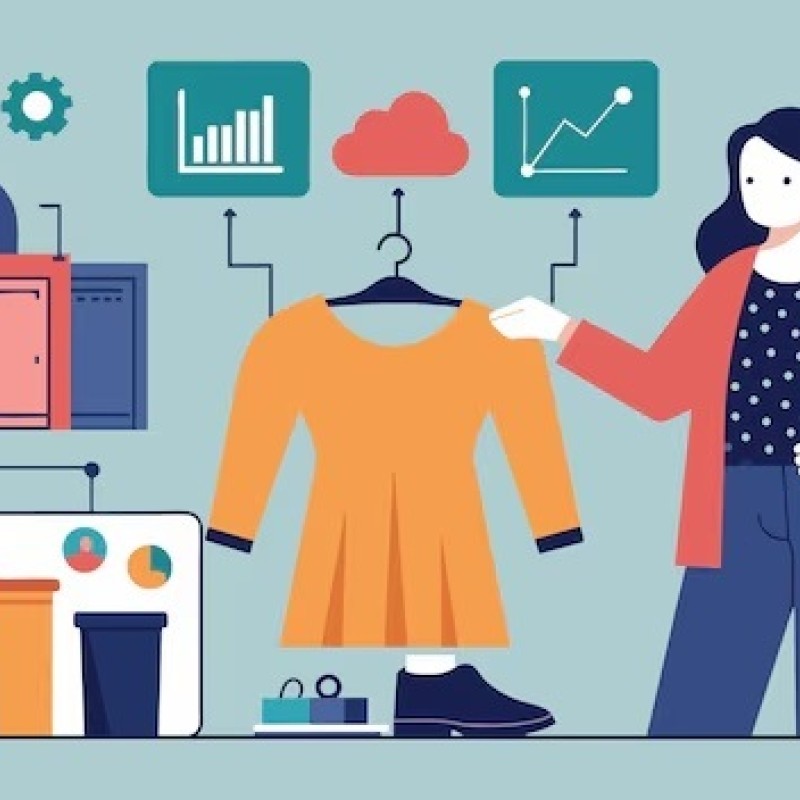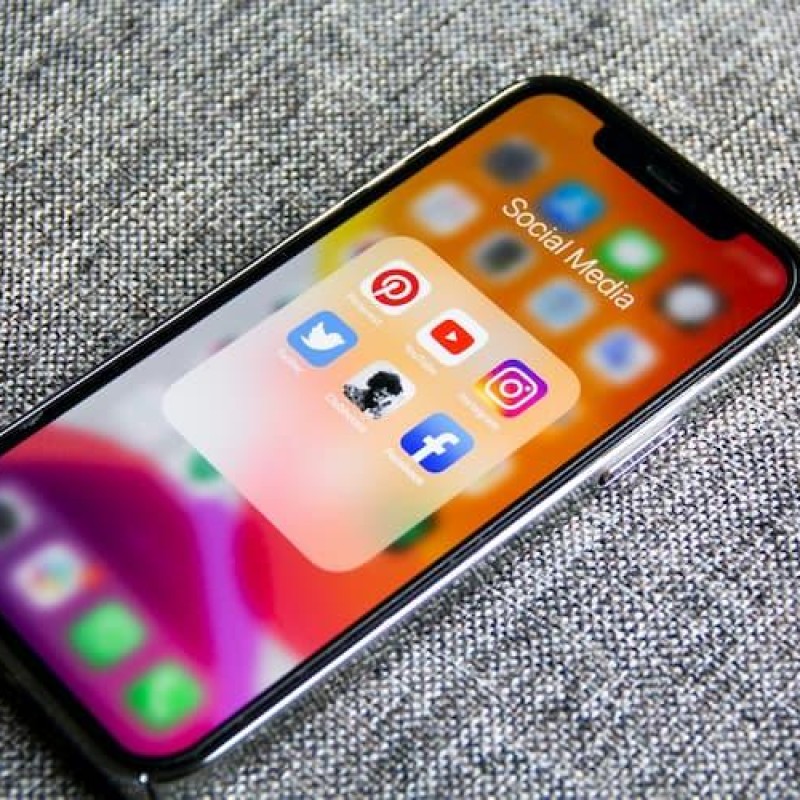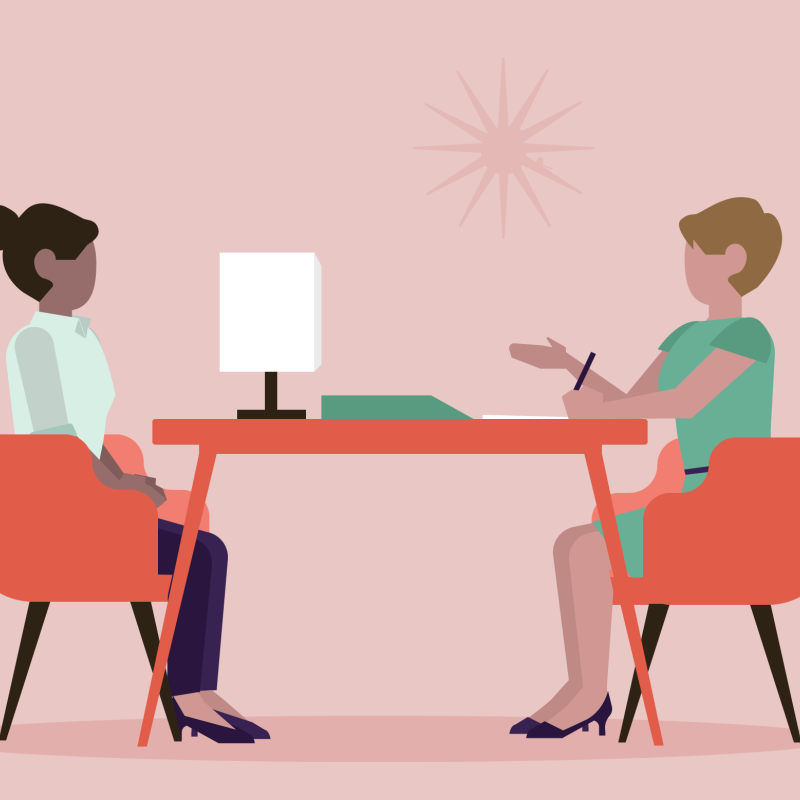Few professions in the luxury sector blend artistry, technical expertise, and commercial awareness quite like that of a fashion designer. Having worked closely with creative teams across Paris, Milan, and London, we at Beyond Talent Recruitment have witnessed firsthand how the fashion designer job role has evolved—becoming both more specialised and more strategic.
Whether you dream of sketching haute couture or leading design innovation for a global brand, understanding the fashion designer job role is essential to carving out a meaningful career in the industry. If you’re considering opportunities abroad, our article on international fashion designer jobs offers valuable insights into what global fashion houses look for in top creative talent.
At its core, the fashion designer job role involves transforming ideas, trends, and emotions into garments that tell a story. Designers work across multiple stages of the process, from concept, to production balancing creativity with market needs.
A great designer isn’t just someone with a good eye; they are storytellers. They translate inspiration whether from art, travel, or street style, into cohesive collections. In my experience, the role of a designer in the fashion industry is as much about cultural awareness as it is about technical skill. Designers spend countless hours researching fabrics, silhouettes, and references to ensure each piece aligns with the brand’s DNA.
Once a concept is solidified, designers collaborate with pattern makers, textile specialists, and production teams to bring their vision to life. It’s an iterative process that demands patience, adaptability, and precision. Here, communication becomes key, especially when managing timelines and budgets in luxury fashion houses where perfection is the standard.
Every brand structures its team differently, but there are common duties across all fashion designer job roles. Understanding them can help candidates better prepare for interviews and career growth.
Designers constantly monitor market trends, trade fairs, and social media insights. Their ability to anticipate consumer desires often determines the success of a collection. Tools like WGSN or Trendalytics have become invaluable in modern design workflows.
This is where creativity thrives. Designers develop mood boards, colour palettes, and storylines for each collection. Many start each season with a narrative, something emotional or experiential, that gives direction to the garments that follow.
Designers collaborate with pattern cutters and sample makers, adjusting proportions, fabrics, and finishes until the final sample meets both creative and technical standards. Precision in communication, especially when working with international ateliers, is fundamental.
The role of fashion designer today extends beyond drawing and draping. Many senior designers lead creative teams, mentor assistants, and present collections to buyers and executives. Strong leadership and emotional intelligence distinguish successful designers from the rest.
While raw creativity is indispensable, it’s only one piece of the puzzle. Over the years, we’ve seen that the designers who thrive combine artistry with resilience and a deep understanding of the business side of fashion.
Design without strategy rarely endures. A designer must create pieces that resonate emotionally yet sell commercially. Understanding the role of a designer in the fashion industry means knowing when to push boundaries and when to align with brand heritage.
From Adobe Illustrator to CLO 3D, mastering digital tools is now non-negotiable. These programs streamline the design-to-sample process and help communicate ideas across departments.
The fashion designer job role also demands a hands-on understanding of textiles. Knowing how a fabric drapes, reacts to dye, or behaves under stress can make or break a collection.
Designers are at the centre of multiple departments (marketing, production, retail). Clear communication helps ensure that creative intent translates all the way to the shop floor.
Fashion is cyclical and unpredictable. The most successful designers I’ve met are those who stay curious, open-minded, and willing to reinvent themselves every season.
Most designers start as interns or junior assistants, supporting senior creatives with research, sketching, and administrative tasks. It’s a fast-paced introduction to the fashion designer job role and an invaluable one.
After gaining experience, designers often specialise: womenswear, menswear, accessories, or knitwear. Some move into roles like textile designer or product developer. This is where professional networks, such as Beyond Talent, become vital for finding opportunities aligned with your creative vision.
With experience, designers may transition into leadership positions as head designer, design manager, or creative director. These roles require not just creative direction but also strategic thinking and an ability to translate brand identity across global markets.
Many talented designers eventually build their own labels or consult for established houses. Entrepreneurship offers freedom but also risk. Understanding supply chains, marketing, and production logistics becomes as crucial as design itself. If you’re preparing to showcase your work, explore our guide on creating a standout fashion designer portfolio for a job to make a lasting impression with employers.
From our work at Beyond Talent Recruitment, one pattern is clear: employers seek designers who combine creative flair with commercial awareness. The ability to tell a story through design, backed by solid technical knowledge, is what sets apart the truly exceptional candidates.
We’ve also noticed a growing emphasis on sustainability and ethical design. Today’s fashion designer job roleincreasingly includes responsibility for sourcing sustainable materials, minimising waste, and supporting transparent production practices. Designers who understand the environmental impact of their work are in high demand across the luxury and premium segments.
To thrive in the fashion designer job role, you need a blend of imagination, discipline, and strategic thinking. You’ll move from sketchbooks to catwalks, from fabrics to full collections, all while learning to balance creativity with commerce.
At Beyond Talent Recruitment, we’ve helped hundreds of professionals navigate this exciting career path—from emerging designers taking their first steps to creative leaders shaping the next generation of fashion. Whether your goal is to design for a heritage house or launch your own label, understanding the role of fashion designer is the first step towards building a lasting career in this ever-evolving industry.





Beyond Talent
Fashion Recruitment Agency
Specialising in Senior and Executive recruitment for the luxury fashion, lifestyle and beauty industries worldwide.
Head Office Address
20-22 Wenlock Road, London, N1 7GU
Contact Us